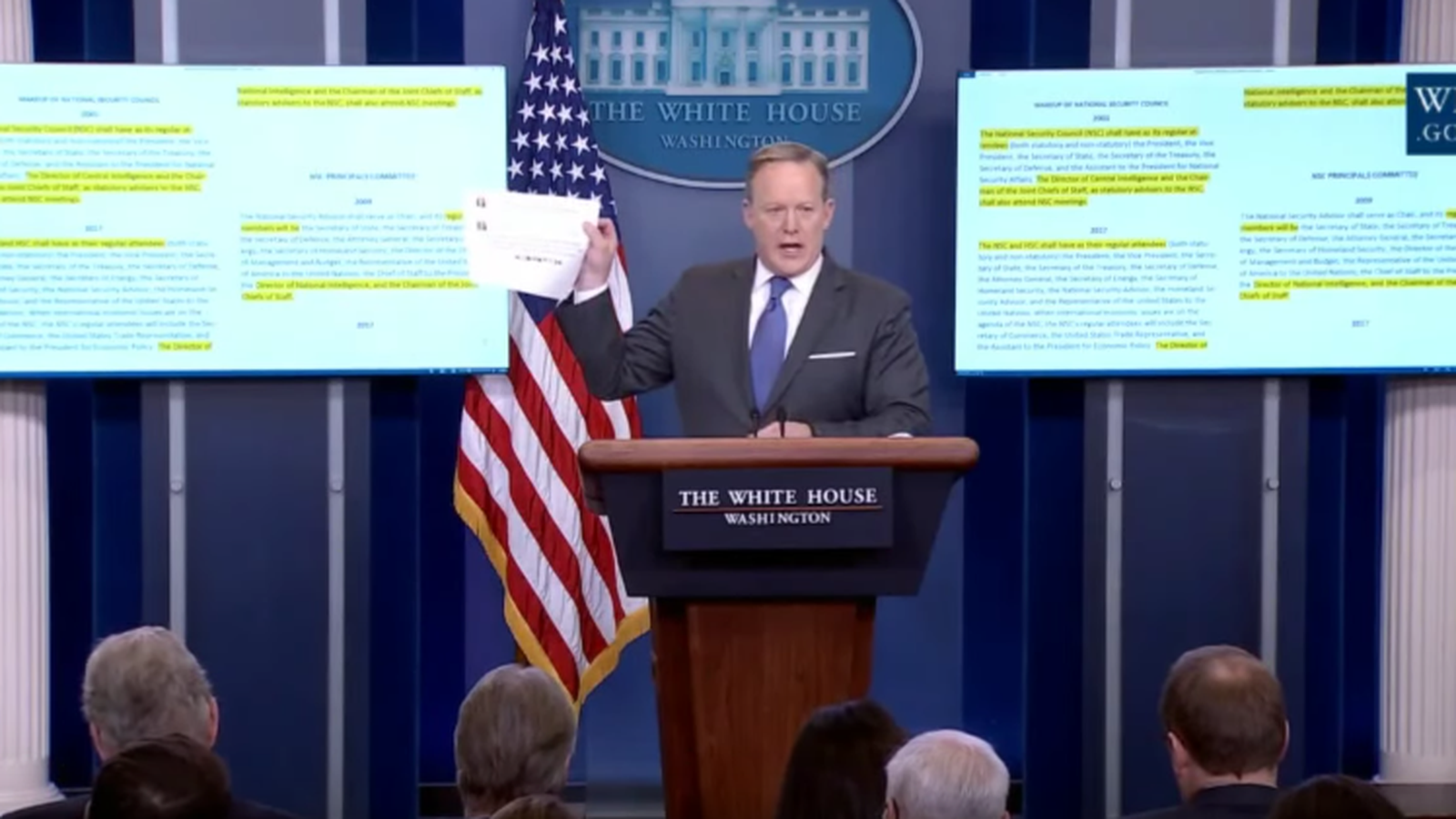Fake news is as old as the Internet. From the 1990s, I remember spam, scams, and ghost ship “rolling” petitions that sailed the white-font-on-black-background PINE and LYNX seas — almost as soon as the first e-list was compiled.
Spam couldn’t easily penetrate Usenet — the threaded online discussion Bulletin Boards, or BBSes that scientists used before email. When email lists proliferated, however, spamsters found ways to hop on board other people’s trains, at open relays.
Good e-lists relied on volunteer moderators (as the long-lived feminist PAR-L list still does) but messages on even the best-intentioned lists often carried warnings about non-existent viruses that urged recipients to “send this to everyone you know.” Such scaremongering turned the fake news messages into viruses in themselves.
Those fake warnings often pretended to be from the FBI or Microsoft. Up until now, nobody has ever dared to disseminate nakedly false news from the address @POTUS, President Of The United States.
The new @POTUS breaks ground every day. On January 24, Number 45 tweeted what he said was a crowd photo from Inauguration Day, January 20. The problem is that the photo’s time/date stamp said it was taken the next day, January 21, the day of the Women’s March on Washington.
An old gag says you can’t make this stuff up — except that this election proves that scammers do! We the people are barraged by clickbait and propaganda, both online and off. Fraudsters abroad fabricate stories with the sole purpose of shocking people enough to entice them to click through to bogus stories — fake stories which, beyond doubt, influenced the U.S. election.
@POTUS himself tweets an endless stream of 140-character fantasy headlines which, in Cold War days, we would have called propaganda. These days, it’s just called advertising.
How to spot the fakes
With online news accounting for so much of what we see and learn, a smart Internaut needs ways to assess the increasingly startling reports that other people share. Every published story usually carries some clues.
Before putting a story on Facebook or Twitter, it’s a good idea to look at the reputation of the source of the story and the outlet that carries it. If the story is really shocking, I search on the topic and see what other publications are saying. Lack of corroborating stories is usually a bad sign. And I try to check the facts or find a fact-checker on the story.
Perhaps the longest-serving fact-checker on the web is Snopes.com , which began in 1995 by checking urban legends and has evolved into checking news stories and celebrity claims. Started by two folks recently retired from the insurance industry, Snopes soon became a standard newsroom reference for checking wildcat online stories. Last December, Facebook signed a deal with Snopes to check the fake news circulating on member pages.
Snopes publishes and updates the Snopes Field Guide to Fake News Sites and Hoax Purveryors, which names the National Report and the World News Daily Report as outright frauds, among others. Facebook has re-adjusted its algorithms to block these sites, says Snopes.
However, says Kalev Leetaru, Snopes’ founders are divorcing, and the expanded Snopes site is part of the divorce case. Snopes is still a standard newsroom reference, he says, for situations like the recent case when the president’s spokesperson invented an imaginary “massacre” in Bowling Green” to justify the travel ban on people from Muslim countries.
A more recent contender is MBFC, short for Media Bias Fact Check, which also provides lists of publications according to their left/right bias or reliable/unreliable status. MBFC even includes a list of the 10 best fact-checking sites, such as Politifact, or the Annenberg Centre, or the Poynter Institute.
Fact checkers can help identify which news sites to avoid, and can be useful in online discussions. However, we seem to live in a post-fact or “alternative fact” political climate. In the next segment, we’ll look at some recommendations for websites to include in order to get a wide perspective when an issue suddenly flares up.
Part two of this article, “The shattered mirror,” will appear tomorrow.
Image: C-SPAN
Like this article? Please chip in to keep stories like these coming.



